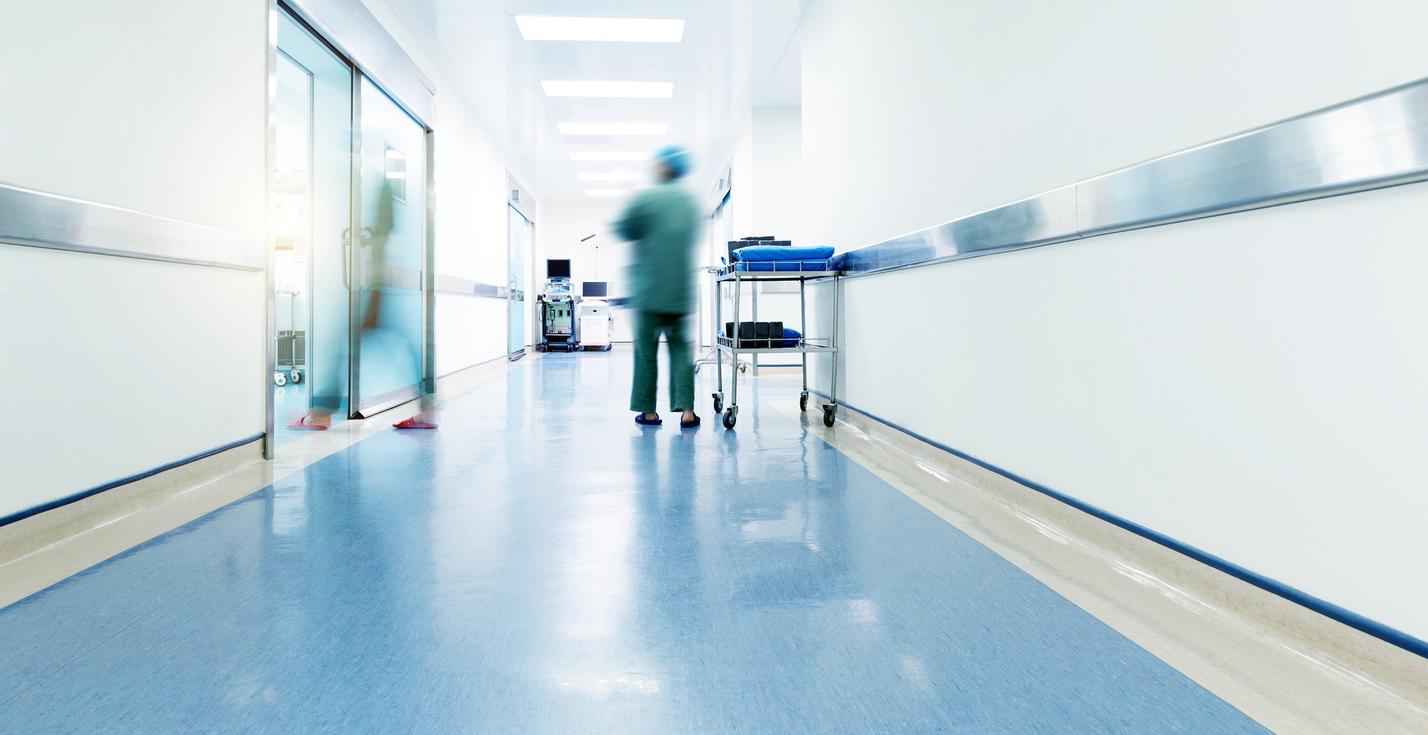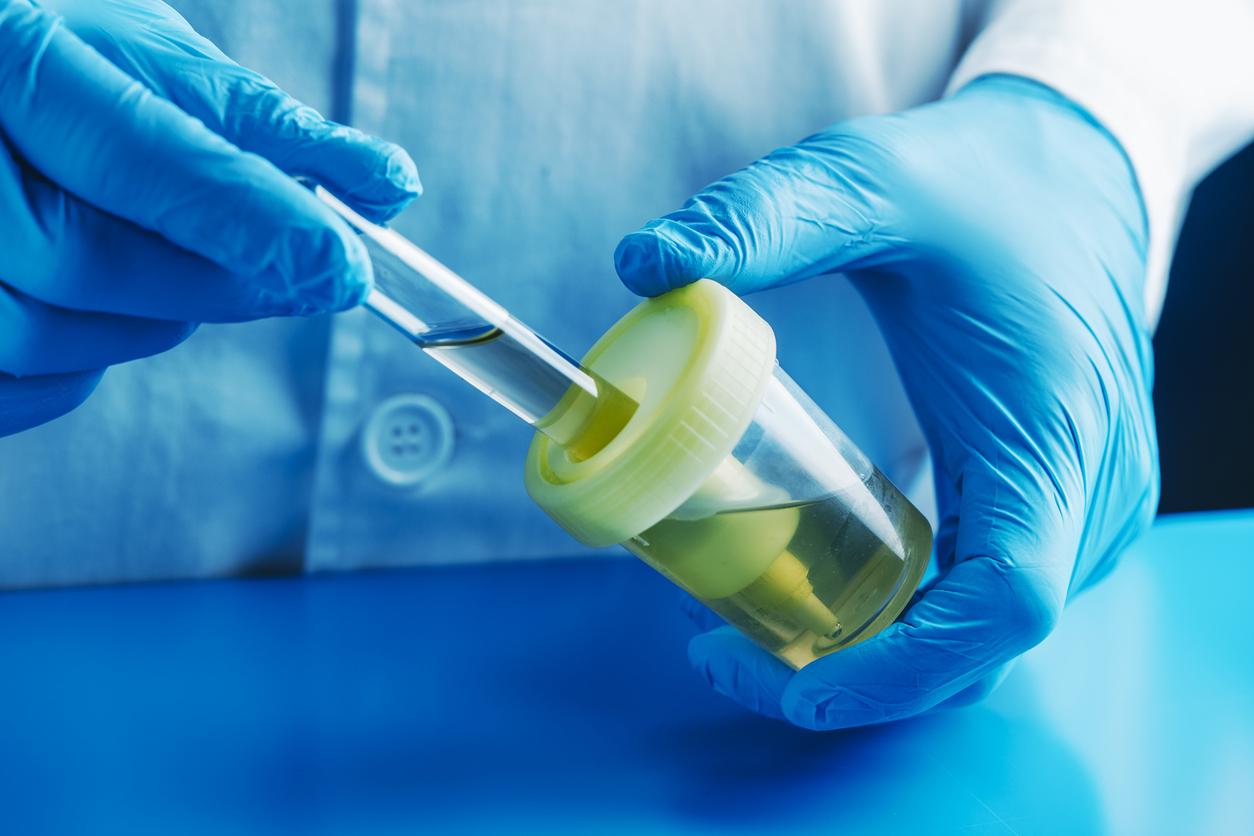Chinese researchers have developed a revolutionary bandage that can not only detect the presence of an infection, but also deliver the right type of treatment to heal the wound, even if it is resistant to traditional drugs. All in just four hours.

Will we soon be able to do without doctors? We are not there yet, but researchers from the University of Science and Technology of China have developed an intelligent dressing that can detect and treat a wound victim of a bacterial infection. They published their results in the journal ACS Central Science.
A bandage against superbugs
A smart bandage that changes color in the event of an infection is nothing new. Already in 2015, a team of British researchers developed this invention, which shortens the time it takes to detect infections and reduces the need for preventive antibiotics.
This new dressing goes even further in its intelligence since it is capable, in addition to detecting infections, of indicating its intensity and the presence of bacteria resistant to antibiotics in order to then deliver the right treatment directly. An invention that can be revolutionary as bacteria are increasingly resistant to antibiotics and caused 33,000 deaths in the European Union in 2015.
It’s the color that counts
It’s all about color and the more intense it is, the higher the concentration of bacteria. If the dressing, placed on the wound, turns green, then no problem, no bacteria are present. If it turns yellow, this means that the bacterium causing the infection has no particular resistance to drugs and the dressing automatically triggers the appropriate treatment. On the other hand, if the bandage turns red, it is because the infection is due to bacteria resistant to antibiotics. Additional treatments will then be applied before the bacteria have a chance to mutate and defend themselves further.
The team of researchers carried out their tests on mice to treat infections that were both resistant and non-resistant to drugs to treat gut bacteria E.coli. When the bandage detects resistance to treatments, an intense beam of light is activated and releases a type of highly reactive oxygen which weakens the bacteria, making them more susceptible to the antibiotics contained in the bandage.
Saving time and money
An invention that saves time compared to traditional methods of detecting bacterial resistance. It also limits the need for professional staff and equipment, which are often expensive, as the researchers note. “In addition, the abuse of antibiotics causes an accelerated process of bacterial resistance. Here, we construct a wearable paper-based dressing (PBA) that implements a selective antibacterial strategy after detection of drug resistance,” they add.
.















